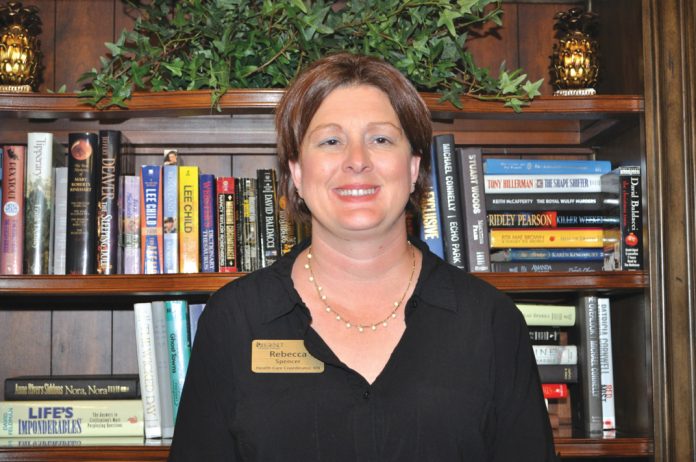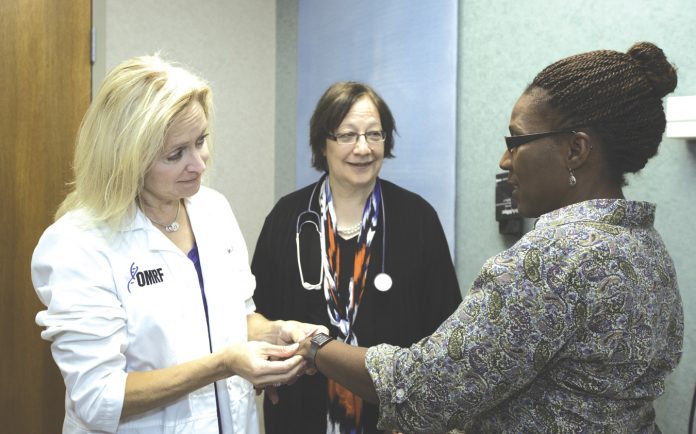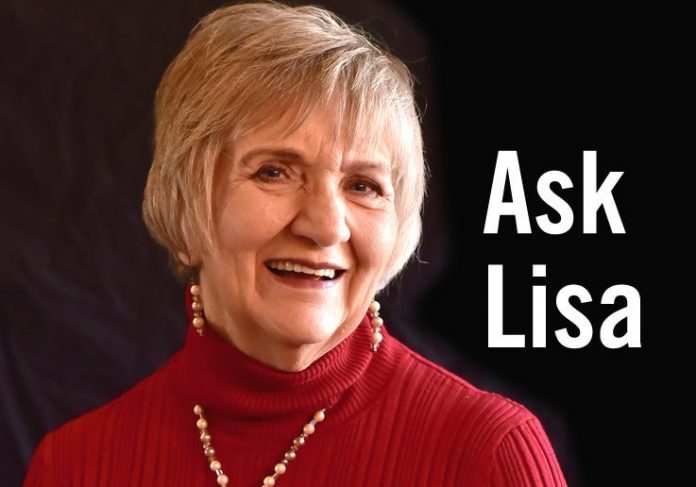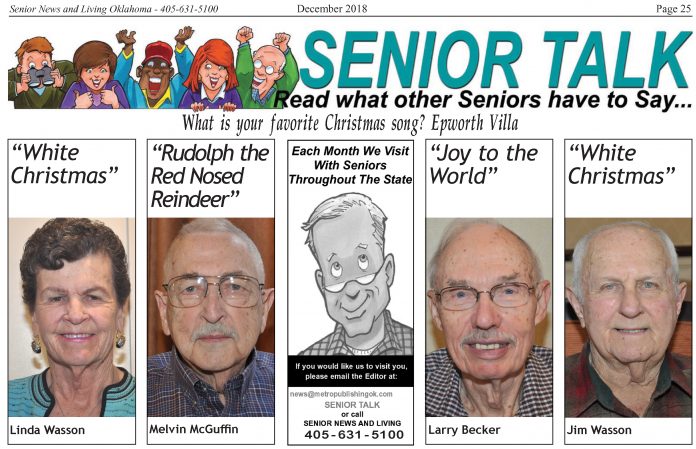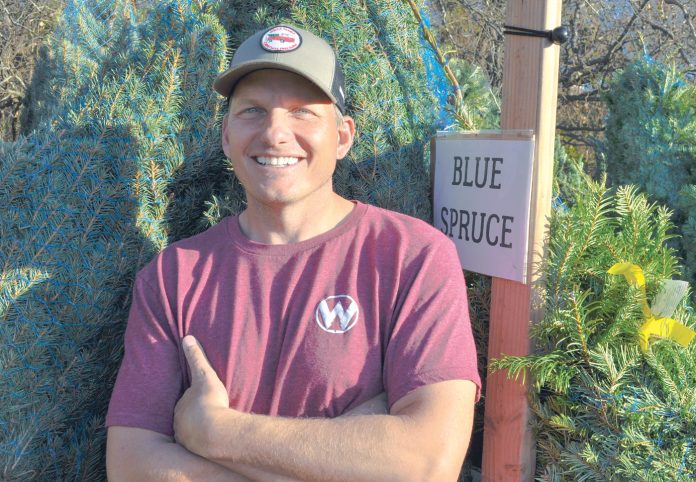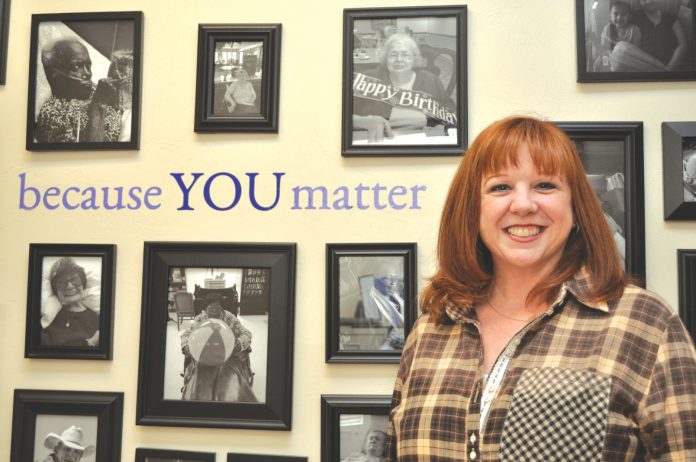by Vickie Jenkins, Staff Writer
Legend Assisted Living is located at 11320 N. Council Rd. Oklahoma City, OK. Here, you will find a place designed for those who need assistance with life’s daily tasks. Assisted living at Legend offers a personalized approach, caring for your loved one with the utmost professionalism and tender loving care.
With beautiful decor all around, I was greeted by Rebecca Spencer, RN and Health Care Coordinator. Rebecca grew up in Craig Colorado and Alethea, Colorado. She attended Mesa State College. She has been a nurse for 12 years, working at Integris Southwest Medical Center in Oklahoma City, OK and has worked in a long-term care facility. “I am happy to be here at Legend. I love working with the staff and getting to know the residents. We try to stay as positive as we can, making the residents happy,” she said. “I think it brightens up everyone’s day,” she added.
What qualities make a good nurse? I ask Rebecca. “I think a nurse would definitely need to have some sort of compassion for others. A nurse needs plenty of patience. Some days, we need a little more patience than other days but whatever the case, they need to know that every day is a new learning opportunity and they need to take advantage of it,” she replied.
Rebecca’s advice for someone going into the medical field would be to be to make sure that person has a passion for helping others. “Also, I would tell them to keep their focus on their goal, staying strong in their believes.”
“My favorite part of my job is working with the residents and the staff. I love to teach so I get to do that with all of them. I love to build the relationships with each one of them, forming a bit of a bond between us, “she commented.
When asking Rebecca if anyone influenced her to become a nurse, she replied, “When I was young, I knew I wanted to be a nurse and I never steered from it. When I lived in Colorado, in a small town, the kids in the church would go visit the elders in the nursing home. We would go every third Sunday. I befriended a lady there and I really enjoyed seeing her each time. She always had a smile for me and called me Becky. After I became a nurse, I went back to the same nursing home to work. It was then, I heard a voice say, there’s my Becky! Yes, she remembered me! It was nice seeing her again. “
Even though I have worked in hospitals, I like the long-term care better. At the beginning, I always thought I wanted to work in the ER, you know, around all of those tall, dark and handsome doctors on the soap operas? After doing my rotation in the ER, I knew that wasn’t for me. I realized the long-term care was my fit. It’s a slower pace and I have had plenty of experience in geriatrics. Maybe, it’s because of the lady that I became friends with back then,” she said with a smile.
When Rebecca is not working at Legend, she enjoys spending time with her husband, Nick and their four daughters; Abigail, Morgan, Katelyn and Breelyn, 10, 8, 5 and 3. Rebecca is also a Girl Scout leader for one of her two daughters in Girl Scouts. She loves the outdoors, and enjoys camping and fishing. She also has a dog, Oscar and a cat, Minnie.
When talking with Rebecca, she had wonderful things to say about two people that helped get her through nursing school. She gives praise to her husband, Nick (who is also a nurse) and saw her through to the end. The other person is her mom, who has worked in a health care setting for over 20 years. Cheerleader, study buddy, best friend, and rock are just a few words to describe her mom.
Asking Rebecca to describe herself, she replied, “I am a strong willed person and try to find something good in everybody. I am a great listener, trying to really listen to the residents, which is very important for them. I try to see the potential in others, giving encouraging words and trying to make their day a little brighter,” she said.
“I live by the words: Be proud of yourself, and don’t change for anyone, Rebecca said. “I tell my girls that every day.”
Summing up her life in one word, Rebecca said, “Fulfilling.”


